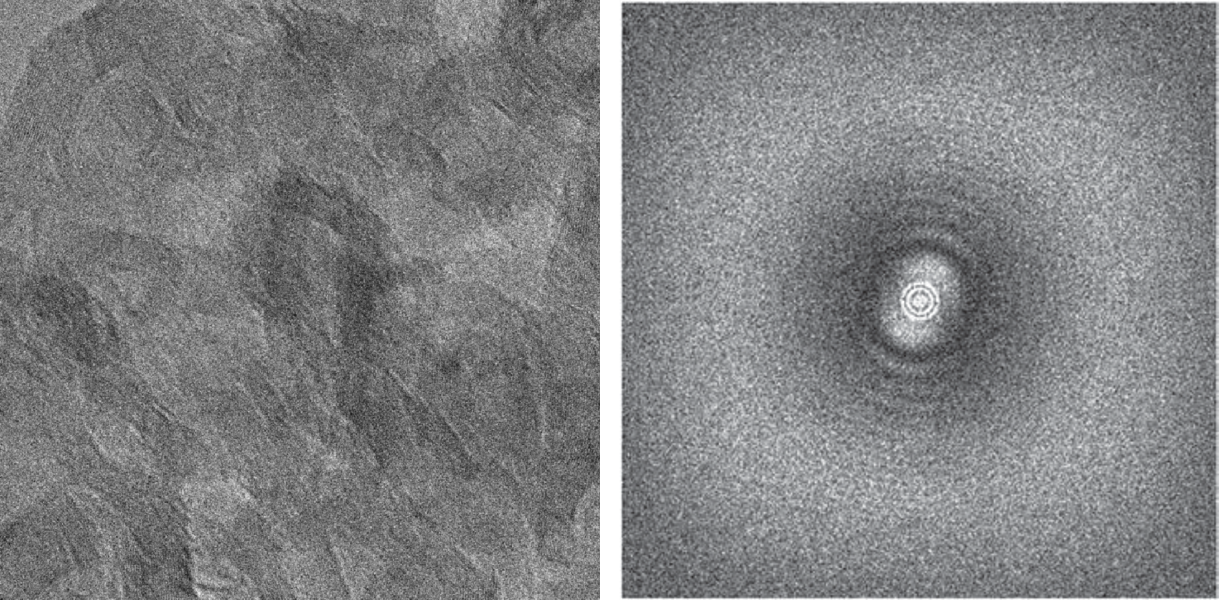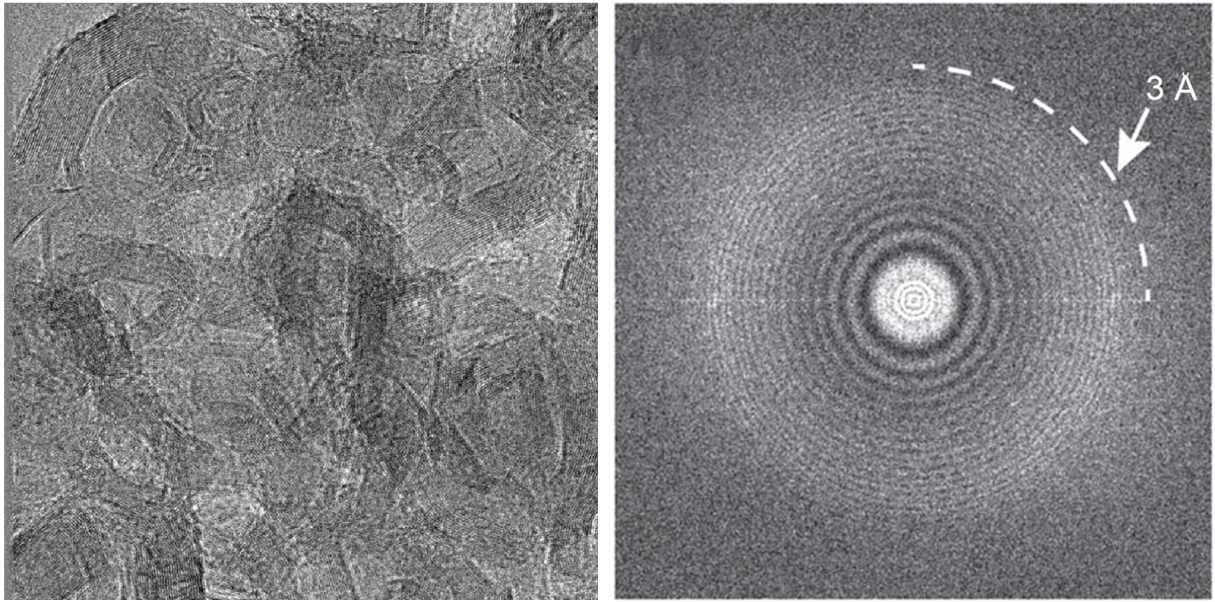Dose fractionation and motion correction
Gatan direct detection cameras (K3® and K2®) offers dose fractionation to separate a single image exposure into multiple subframes. The extreme speed and high detective quantum efficiency (DQE) of Gatan direct detection cameras enable you to use shorter exposure times to achieve higher quality images than non-counting cameras.
When you are able to monitor specimen changes during a single image exposure, you can compensate for specimen motion, drift and irradiation damage. This is achieved after the original acquisition when multiple subframes are aligned to generate a single image that is representative of what the specimen would look like in the absence of sample motion.
 |
  |
To view the above video on YouKu, please click here.
In the below example, a sample was not corrected for motion during image capture and fine details were lost as shown by the lack of Thon rings in the Fourier transform (top). Motion correction can restore those details in the image, as shown by the clear delineation of Thon rings out to 3 Å resolution and beyond (bottom).

